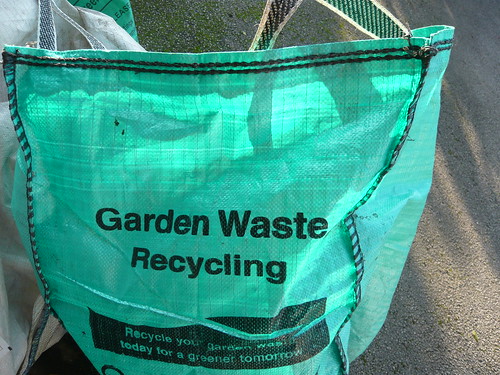What to do with Garden Non-compostables
It seems a waste to put non-compostables into landfill if there is an alternative. Fortunately our local authority provides a green bag and collection service. Your local tip will probably have separate areas for hardcore and other garden waste.
Composting Means and Methods
- Garden compost heaps are for short term rotters taking 6-12 months.
- ‘Green bag’ council schemes are better able to cope with problem rotting and are suitable for items listed below.
- Landfill is far longer term rotting but even this is not suitable for Japanese Knotweed which needs burning.
- Wormeries are fine for green waste and cooked food and scraps.
What do you Avoid on your Compost Heap
- Anything that you avoid putting on your compost heap is classified as non-compostable for this purpose.
- Roots particularly from trees are often too slow to rot down and I green bag them.
- Pernicious roots sometimes survive the heat of my compost. Then they regrow loads of new plants when the compost is spread. So weeds and perennial roots get green bagged.
- Seed heads are green bagged so the council can compost them on an industrial scale.
- Diseased and infected plant material is also green bagged except honey fungus
- Excess of one waste product such as twiggy slow rotting stalks sometimes end up in my green bag.
- Ruble and pure clay can’t be green bagged and needs to go to landfill unless you can create a new use for them like a base for a raised bed or pond.
Read about beginning a compost heap to get more tips and ideas.
